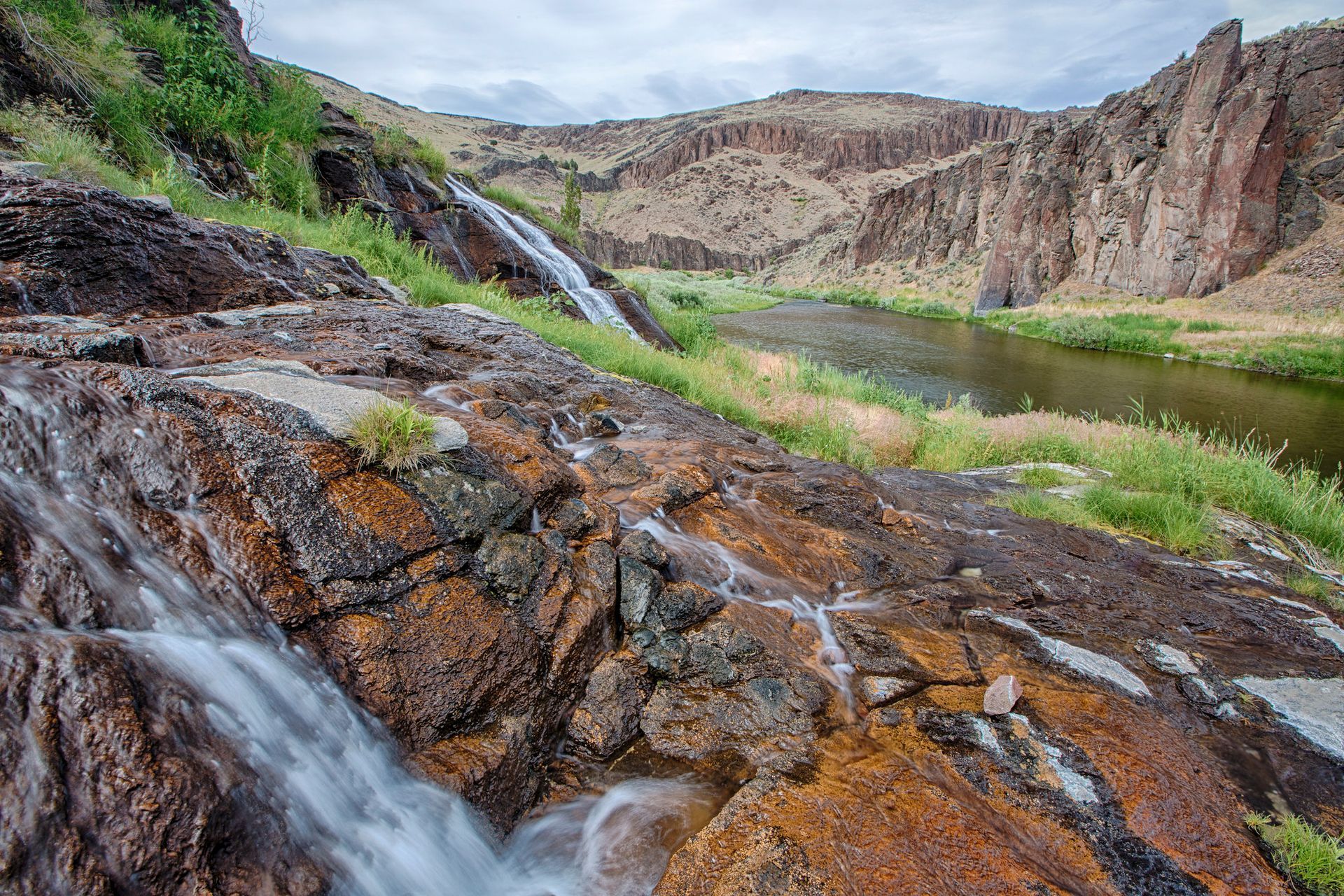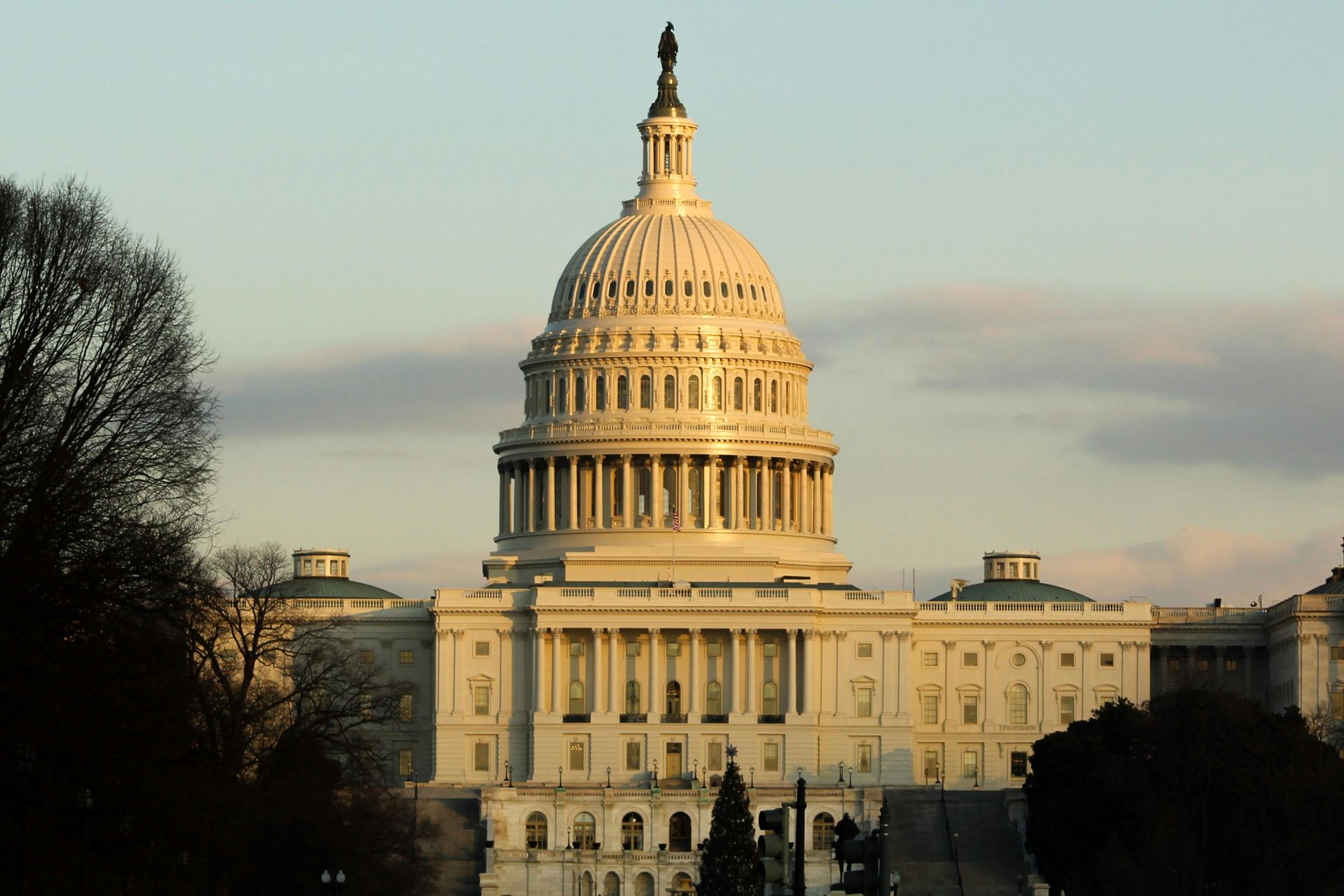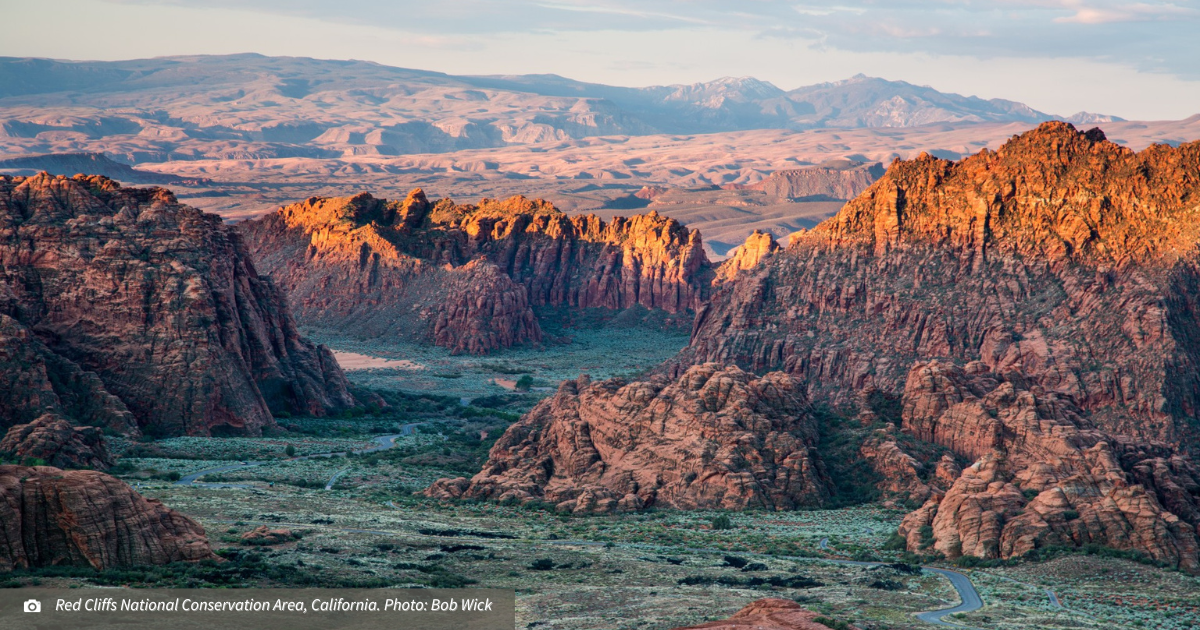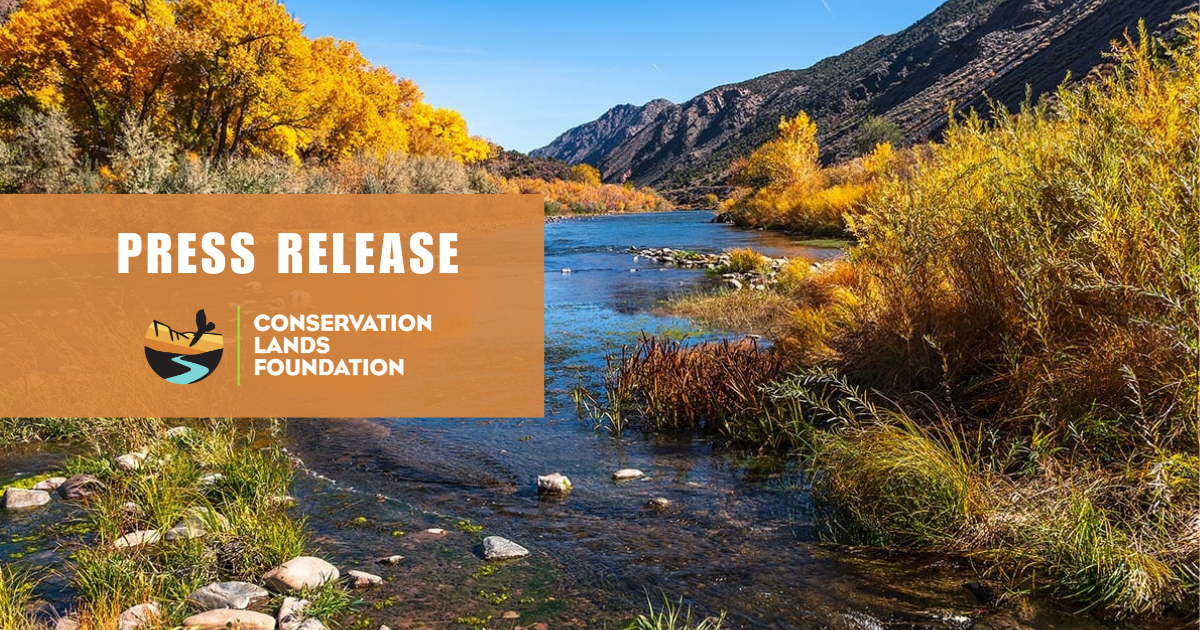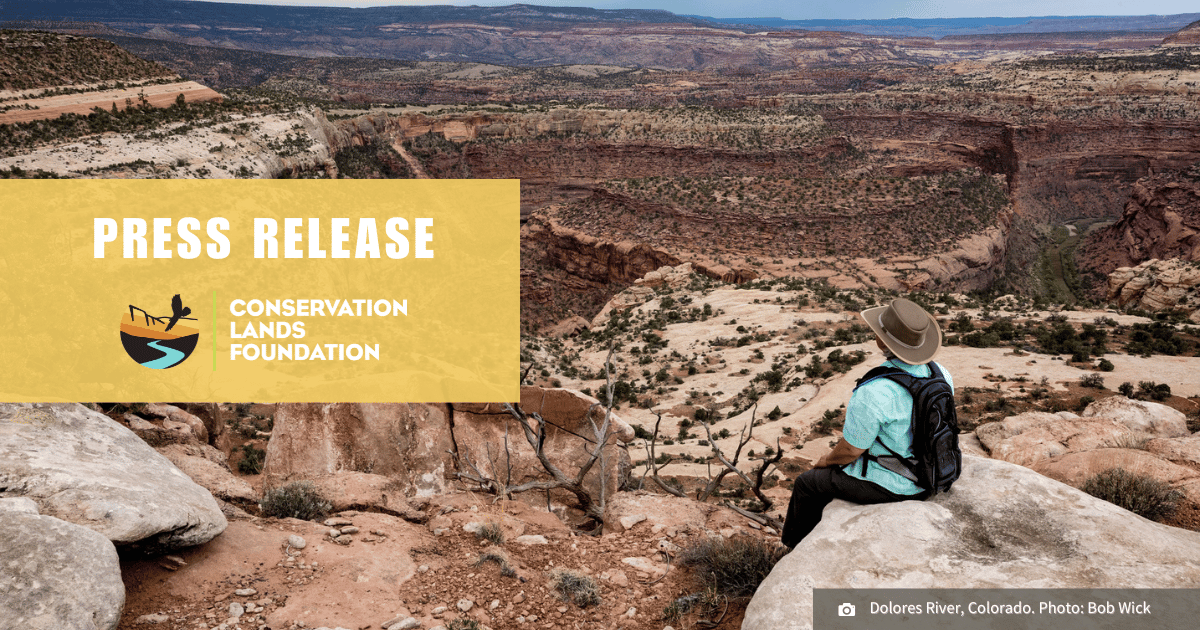House Subcommittee holds hearing on anti-public lands bills

Last week, the House Natural Resources Federal Lands Subcommittee held a hearing on a series of bills poised to undermine and attack bedrock conservation laws. Many of the bills considered in last week’s hearing would undermine the ability of local advocates to engage in the management of public lands, as well as weaken bedrock laws and regulations that ensure our most cherished landscapes are protected.
Here’s a snapshot of what the Conservation Lands Foundation and advocates are fighting. While these bills may receive a vote in the House Natural Resources Committee and in the full House, we will be working with conservation champions in the Senate to ensure these bills are not considered on that side of Capitol Hill.
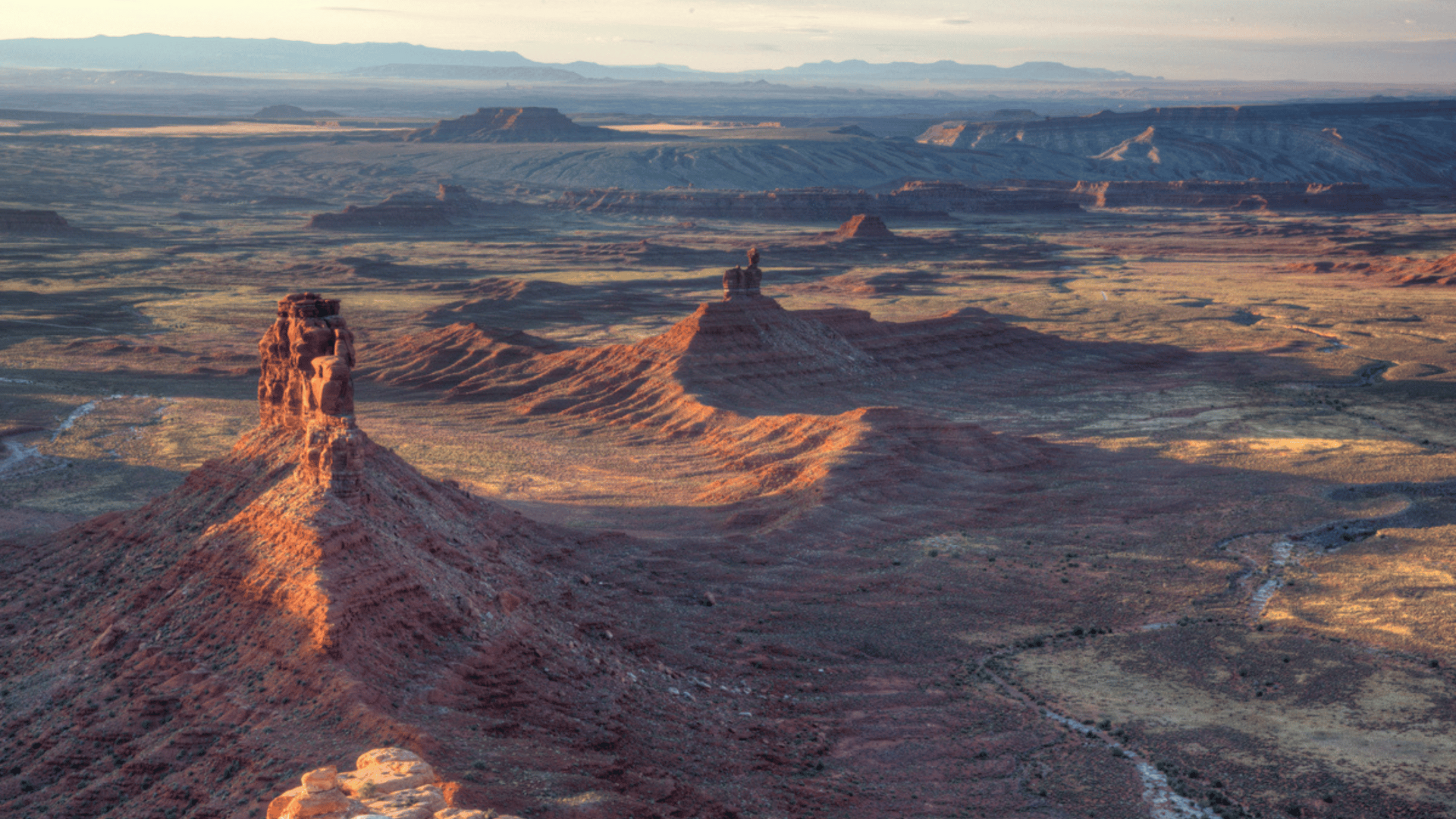
Public land attacks in Congress seek to dismantle the Antiquities Act, a bedrock conservation tool used to protect iconic landscapes and historical sites like the Grand Canyon, the Statue of Liberty, and Bears Ears National Monument (pictured). Photo by Bob Wick.
H.R. 5499, Congressional Oversight of the Antiquities Act
This legislation, introduced by Rep. Mariannette Miller-Meeks of Iowa, represents a direct assault on the Antiquities Act, the bedrock law that has been used by 18 presidents, nine Democrats, and nine Republicans, to protect our nation’s most critical public lands and waters. Since its enactment, the Antiquities Act has been an essential tool for presidents to ensure America’s most iconic natural, cultural, and historic places are protected for generations to come. Some of those iconic places include the Grand Canyon, the Statue of Liberty, Fort Monroe, the Pacific Remote Islands, and Acadia, Zion, and Olympic National Parks, among many others.
During the Subcommittee hearing, Bureau of Land Management Principal Deputy Director Nada Wolff Culver and U.S. Forest Service Deputy Chief Chris French both testified in opposition to H.R. 5499.
“As Congress intended, the Antiquities Act provides the necessary flexibility for presidents to respond expeditiously to impending threats to resources, while striking an appropriate balance between legislative and executive decision making,” Wolff Culver said. “Maintaining this established balance is critical to protecting our shared national resources, now and for future generations.”
Imposing restrictive measures that undermine the Act’s fundamental principles and jeopardize its effectiveness to ensure our most cherished landscapes and cultural resources are protected serves the interests of no one who cares about the public’s access to and the future of America’s public lands. Congress already has this power to make changes to how our nation’s public lands are managed. This bill is an attempt to restrict the tools available to the American public, in particular Tribal governments and underrepresented communities, to advocate for designations important to the health and well-being of their communities, and the natural land around them.
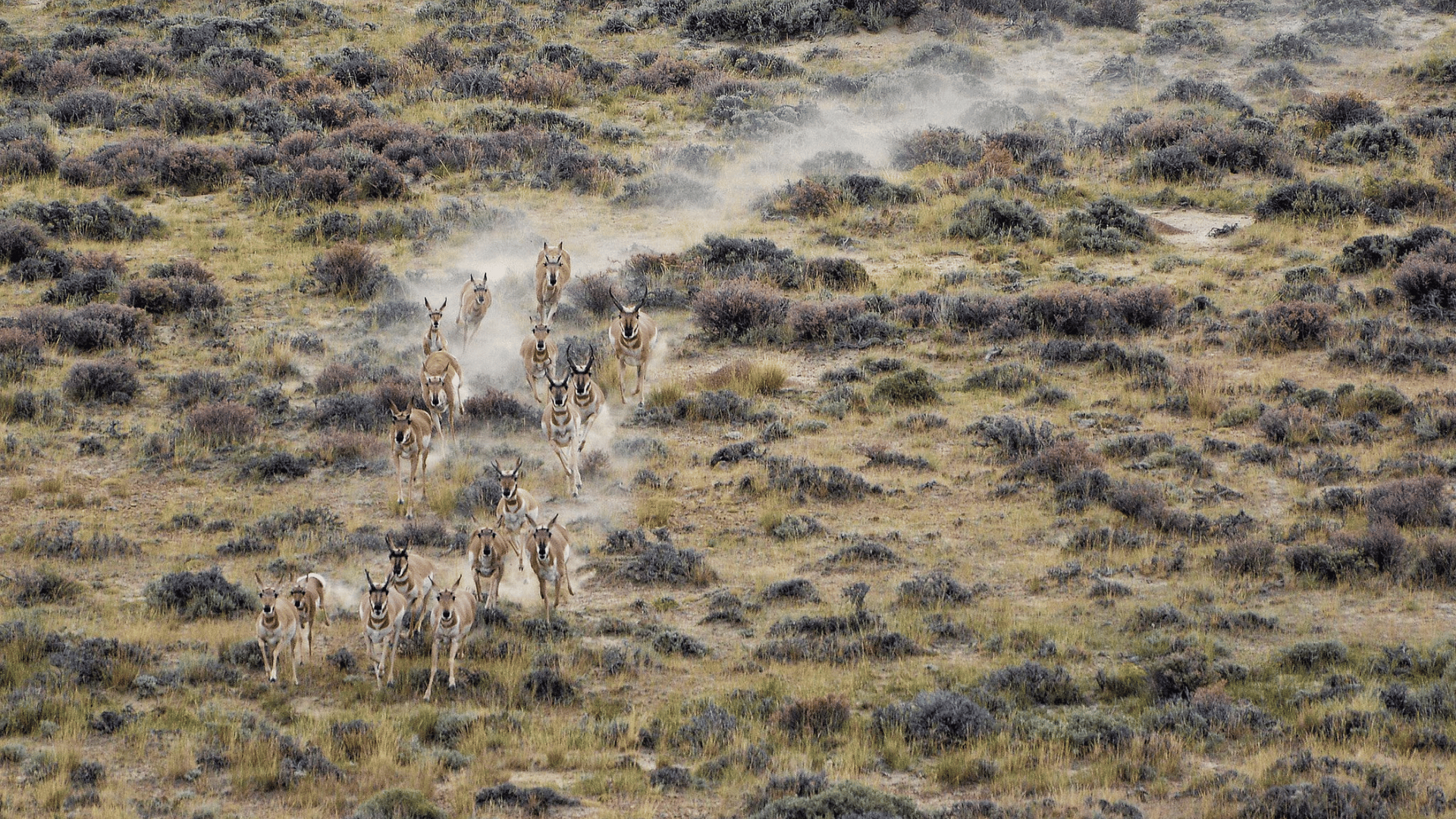
A new bill in the House undermines public involvement in the management of cherished public lands like the Red Desert in Wyoming. Photo by Sarah Beckwith.
H.R. 6085, To prohibit the implementation of the Draft Resource Management Plan and Environmental Impact Statement for the Rock Springs RMP Revision, Wyoming.
This harmful bill introduced by Rep. Harriet Hageman of Wyoming would undermine years of community-based work by her constituents to produce a resource management plan revision for the public lands managed by the Bureau of Land Management’s Rock Springs Field Office.
The draft proposes balanced management across 3.6 million acres of public lands in southwest Wyoming, conserving critical wildlife migration routes, protecting sensitive cultural resources, and maintaining recreational access for locals and visitors alike. It also leaves over half of the planning area open to one or more types of industrial activities, such as oil and gas drilling, mining, or renewable energy.
BLM’s Rock Springs Field Office is in the middle of a robust public process, which began in 2011, to revise the resource management plan. Since the inception of the revision, BLM has hosted four scoping meetings and three public meetings in response to the draft plan release. In addition, the most recent public comment period was extended to allow for comprehensive participation from local stakeholders and the Wyoming Governor’s office. Prohibiting the implementation of the draft resource management plan revision runs counter to the will of the tens of thousands of people who submitted public comments in response to the draft plan.
H.R. 6547, Colorado Energy Prosperity Act
Like the previous bill, this legislation, introduced by Rep. Lauren Boebert of Colorado, seeks to undermine years of community-based effort to produce a Resource Management Plan for the public lands managed by the Colorado River Valley Field Office and the Grand Junction Field Office of the Bureau of Land Management. This supplemental environmental impact statement is necessary in order to address the issues identified in lawsuits, settlement agreements, and in the Grand Junction RMP. In response to the court ruling and settlement agreements, the draft revisits oil and gas leasing availability and proposes balanced management for the 2 million acres in both field offices, which cover some of Colorado’s most important wildlife habitat, recreational areas, spectacular scenery, cultural sites, and water resources. However, valid existing leases are not impacted by this plan.
Like the Rock Springs Field Office above, the Colorado River Valley and Grand Junction Field Offices have conducted rigorous public outreach to inform this process. Over the past year and a half, BLM has held two scoping meetings and three public meetings in response to the release of the draft plan. Prohibiting the finalization, implementation, administration, and enforcement of the forthcoming plan would interrupt this robust public process and prevent BLM from fulfilling its obligations under the terms of the settlement agreements.
H.R. 7006, To prohibit natural asset companies from entering into any agreement with respect to land in the State of Utah or natural assets on or in such land.
This legislation, introduced by Rep. John Curtis of Utah, would prevent a natural asset company, which does not currently exist, from entering into any agreement concerning land or natural assets in the State of Utah. The proposal to create this new kind of corporation, which the Securities and Exchange Commission is no longer considering, was proposed as a way to invest money behind natural areas, working lands, and ecosystem restoration in order to put a fair market value on the land itself, not only the products and resources extracted from it.
We oppose this legislation because, beyond the fact that natural asset companies do not exist and their creation is no longer being considered, it provides false legitimacy for a conspiracy theory that ties these non-existent companies with the Bureau of Land Management’s Conservation and Landscape Health Rule.
